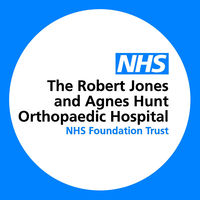Request Demo
Last update 08 May 2025
Posterior Tibial Tendon Dysfunction
Last update 08 May 2025
Basic Info
Synonyms Dysfunction of posterior tibial tendon, Dysfunction of posterior tibial tendon (disorder), Dysfunction, Tibialis Posterior + [13] |
Introduction A condition characterized by a broad range of progressive disorders ranging from TENOSYNOVITIS to tendon rupture with or without hindfoot collapse to a fixed, rigid, FLATFOOT deformity. Pathologic changes can involve associated tendons, ligaments, joint structures of the ANKLE, hindfoot, and midfoot. Posterior tibial tendon dysfunction is the most common cause of acquired flatfoot deformity in adults. |
Analysis
Perform a panoramic analysis of this field.
login
or

AI Agents Built for Biopharma Breakthroughs
Accelerate discovery. Empower decisions. Transform outcomes.
Get started for free today!
Accelerate Strategic R&D decision making with Synapse, PatSnap’s AI-powered Connected Innovation Intelligence Platform Built for Life Sciences Professionals.
Start your data trial now!
Synapse data is also accessible to external entities via APIs or data packages. Empower better decisions with the latest in pharmaceutical intelligence.
Bio
Bio Sequences Search & Analysis
Sign up for free
Chemical
Chemical Structures Search & Analysis
Sign up for free
